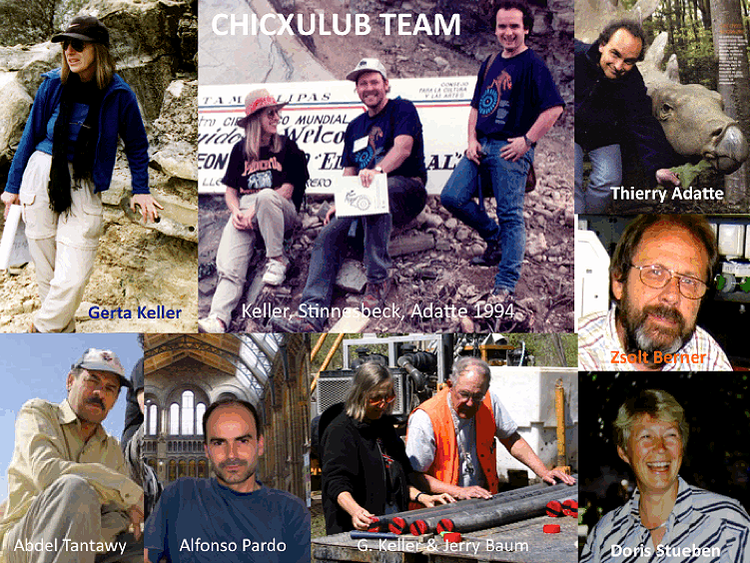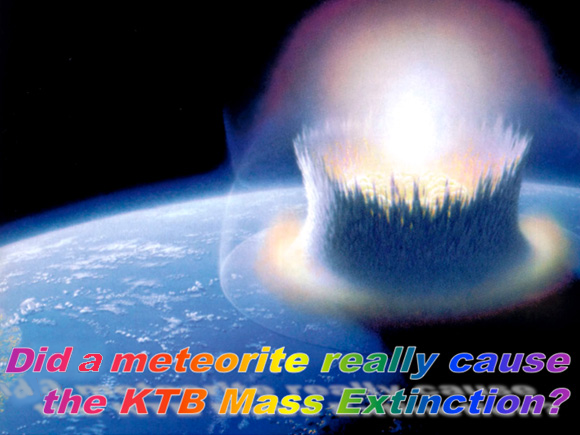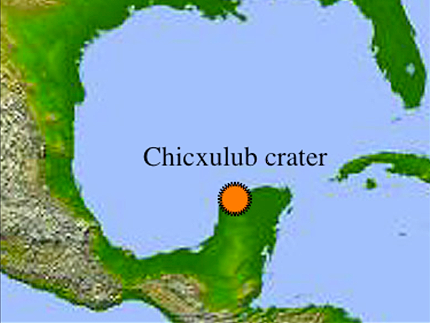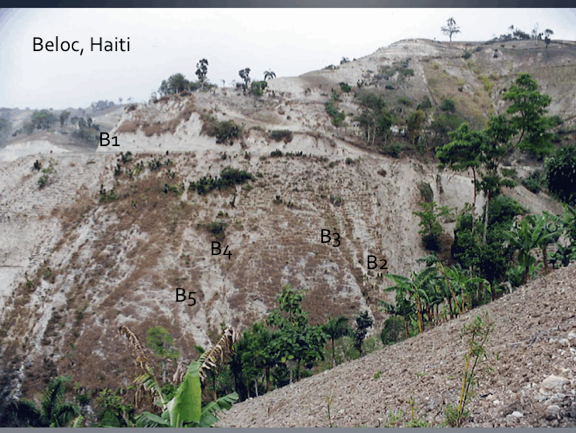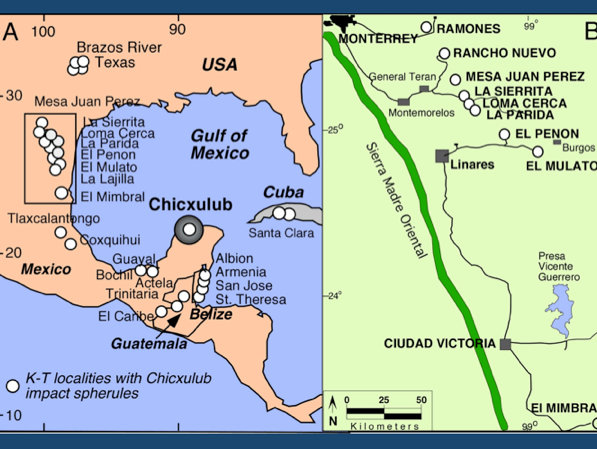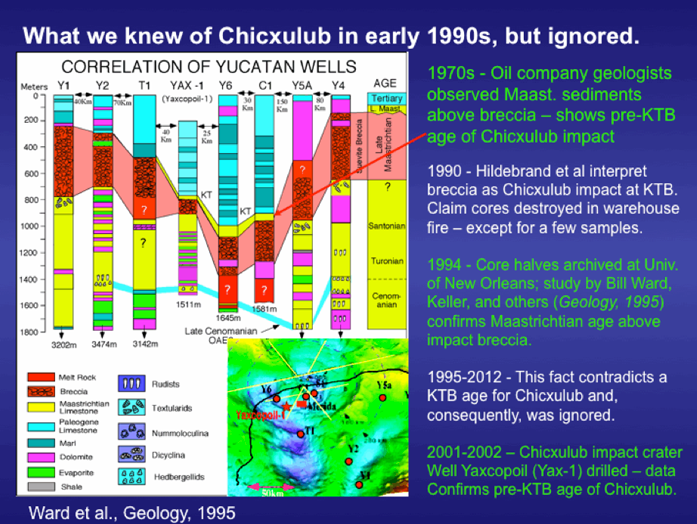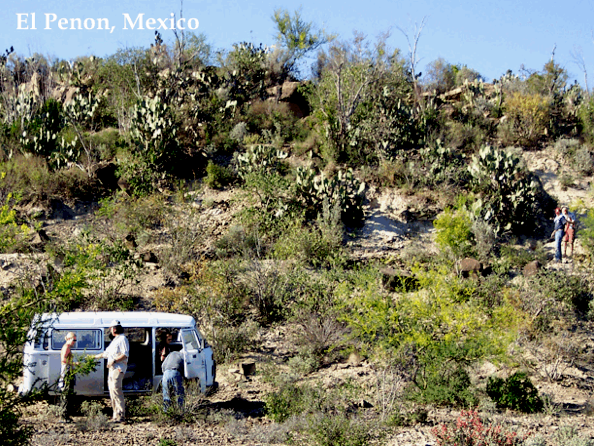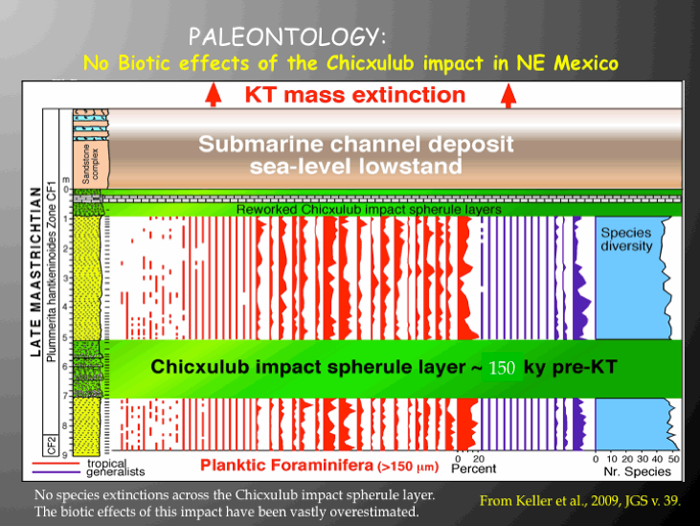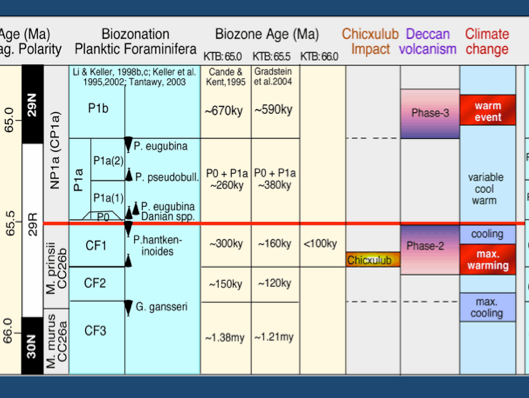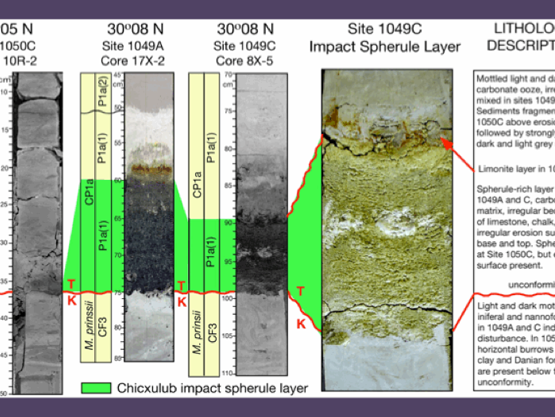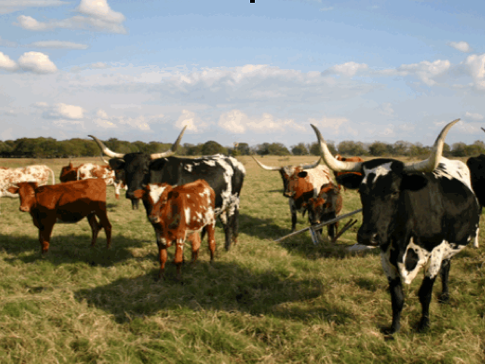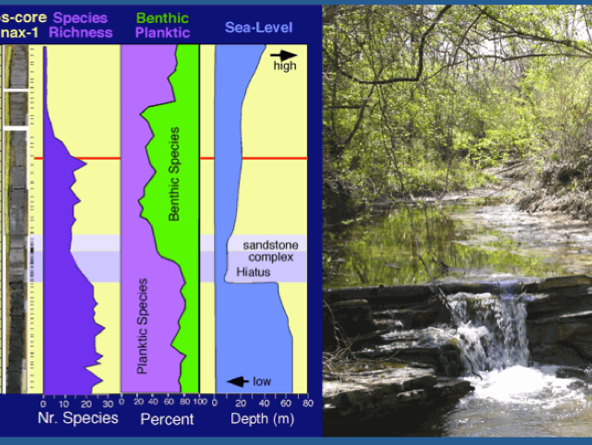In the 1980s as the impact-kill hypothesis of Alvarez and others gained popular and scientific acclaim and the mass extinction controversy took an increasingly rancorous turn in scientific and personal attacks fewer and fewer dared to voice critique. Two scientists stand out: Dewey McLean (VPI) and Chuck Officer (Dartmouth University). Dewey proposed as early as 1978 that Deccan volcanism was the likely cause for the KTB mass extinction, Officer also proposed a likely volcanic cause. Both were vilified and ostracized by the increasingly vocal group of impact hypothesis supporters. By the middle of the 1980s Vincent Courtillot (Physique de Globe du Paris) also advocated Deccan volcanism, though not as primary cause but rather as supplementary to the meteorite impact. Since 2008 Courtillot has strongly advocated Deccan volcanism as the primary cause for the KTB mass extinction.
The Impact - Kill Hypothesis
The Cretaceous-Tertiary boundary (KTB) mass extinction is primarily known for the demise of the dinosaurs, the Chicxulub impact, and the frequently rancorous thirty years-old controversy over the cause of this mass extinction. Since 1980 the impact hypothesis has steadily gained support, which culminated in 1990 with the discovery of the Chicxulub crater on Yucatan as the KTB impact site and “smoking gun” that proved this hypothesis. In a perverse twist of fate, this discovery also began the decline of this hypothesis, because for the first time it could be tested directly based on the impact crater and impact ejecta in sediments throughout the Caribbean, Central America and North America.
The Introduction to the Field Guide of 1994 to Northeastern Mexico’s Cretaceous-Tertiary (KT) sequences with impact ejecta deposits is as current today as it was then. In that introduction, Keller et al. (1994a) wrote: “The controversy over the nature of the KT transition and the causes of the associated global faunal and floral changes was altered fundamentally in 1980 with the discovery of the now-famous iridium anomaly at the KT boundary at Gubio, Italy (Alvarez et al., 1980). The discovery of similar anomalies elsewhere and the proposition that these anomalies and the KT extinctions resulted from the impact of a large extraterrestrial bolide have spurred over a decade of unparalleled research on the physical and biological events at and near the KT boundary. Within a short time, the controversy resolved itself into two contrasting schools of thought: (1) the KT events reflect the catastrophic effects of a large (10-km) bolide colliding with the earth, and (2) the KT extinctions were the culmination of long-term changes in the earth’s biota reflecting major changes in the global climatic system and resulted from extreme, but still normal terrestrial processes, mainly volcanism, which may have been accelerated by a bolide impact at KT boundary time.”
We expressed the hope that “some issues of basic geology might be resolved by discussions on the outcrops and that an interdisciplinary approach might be taken towards some of the contentious issues of their interpretations.”
The warning signal raised by the PEMEX core studies was to no avail. Chicxulub had become the KTB impact crater. This foregone conclusion only lacked the evidence. A frantic hunt for confirmation of the KTB age of the Chicxulub impact crater had begun. The best evidence that could be hoped for now rested on the stratigraphic position of impact ejecta, such as melt rock glass spherules, shocked quartz minerals, and especially an Ir anomaly.
The inconclusive age control of the Chicxulub crater in the early 1990s placed the burden of proof on sections with impact ejecta (e.g., iridium, impact glass spherules) surrounding the Gulf of Mexico. But here too, problems were apparent from the very beginning. The first discovery of impact glass spherules in northeastern Mexico came from El Mimbral and El Peñon and subsequently from over 65 other localities.
To show once and for all that the Chicxulub impact caused the KTB mass extinction
The 2001-2002 drilling of the Chicxulub crater core Yaxcopoil-1 by DOSECC (Drilling, Observations and Sampling of the Earth’s Continental Crust) was supposed to resolve the age issue and show once and for all that Chicxulub is the KTB impact that caused the mass extinction (Dressler et al., 2003). Instead, the new crater core supported the previous findings of a pre-KTB age and fueled a new controversy.
One of the major objectives of this project was to settle the controversial issue of the age of the impact breccia and hence the age of the Chicxulub impact. A site on the Hacienda Yaxcopoil was chosen. The site was believed to be in the center of the crater and drilling was expected to recover the impact melt sheet and thick breccia deposits. This was not the case. No melt sheet was recovered and the breccia was only 100 m thick, significantly less than the 300-600 m recovered by PEMEX. This suggests that drilling occurred near the crater rim on uplifted fault blocks.
After the Chicxulub impact crater core’s analyses revealed that this impact predates the KTB, similar to the findings of NE Mexico, we renewed our efforts on finding the primary or original impact spherule ejecta deposit. We expanded our search for impact evidence well into the Maastrichtian sediments and discovered numerous localities with impact spherules below the sandstone complex or so-called impact-tsunami deposit (Keller et al., 2002; Schulte et al., 2003). In most localities the impact spherules were clearly reworked into Maastrichtian sediments, in others the origin was uncertain.
No Extinctions Across Primary Impact Deposit
If the Chicxulub impact caused the KTB mass extinction, it would have been geologically instantaneous and precisely at the time of the impact. If the Chicxulub impact predated the KTB mass extinction, as indicated by the stratigraphic position of the impact spherule layer in NE Mexico and the Chicxulub impact crater, then the oldest impact glass spherule layer discovered at El Penon provides a realistic assessment of extinctions caused by this impact.
Age Resolution — Relative Vs. Absolute Dating
Here we summarize the history of Chicxulub age dating.
Biostratigraphy and Age Control
"Unequivocal proof that Chicxulub is KTB age"
"First-order agreement with prediction of impact hypothesis Biostratigraphy and Age Control"
Impact Evidence in Texas
Challenging a popular theory requires extraordinary proof. The controversy over the age of the Chicxulub impact led to charges that impact and tsunami disturbance made any age determination based on the impact crater, as well as any sections in Mexico with impact ejecta, unreliable and that real proof had to come from more distant sedimentary sequences (Smit et al., 2004). With this in mind, we turned our focus to the KTB sequences along the Brazos River in Texas located about 1300 km from the Yucatan impact crater. These sections contain the best preserved marine and terrestrial microfossil records of North America in essentially continuous KTB sequences similar to the El Kef stratotype section, but with the added advantage of Chicxulub impact spherules.
Our conclusions based on 30 years of research regarding Iridium, Impact-tsunami, Sea-level change, and finally, the Ultimate Proof.


